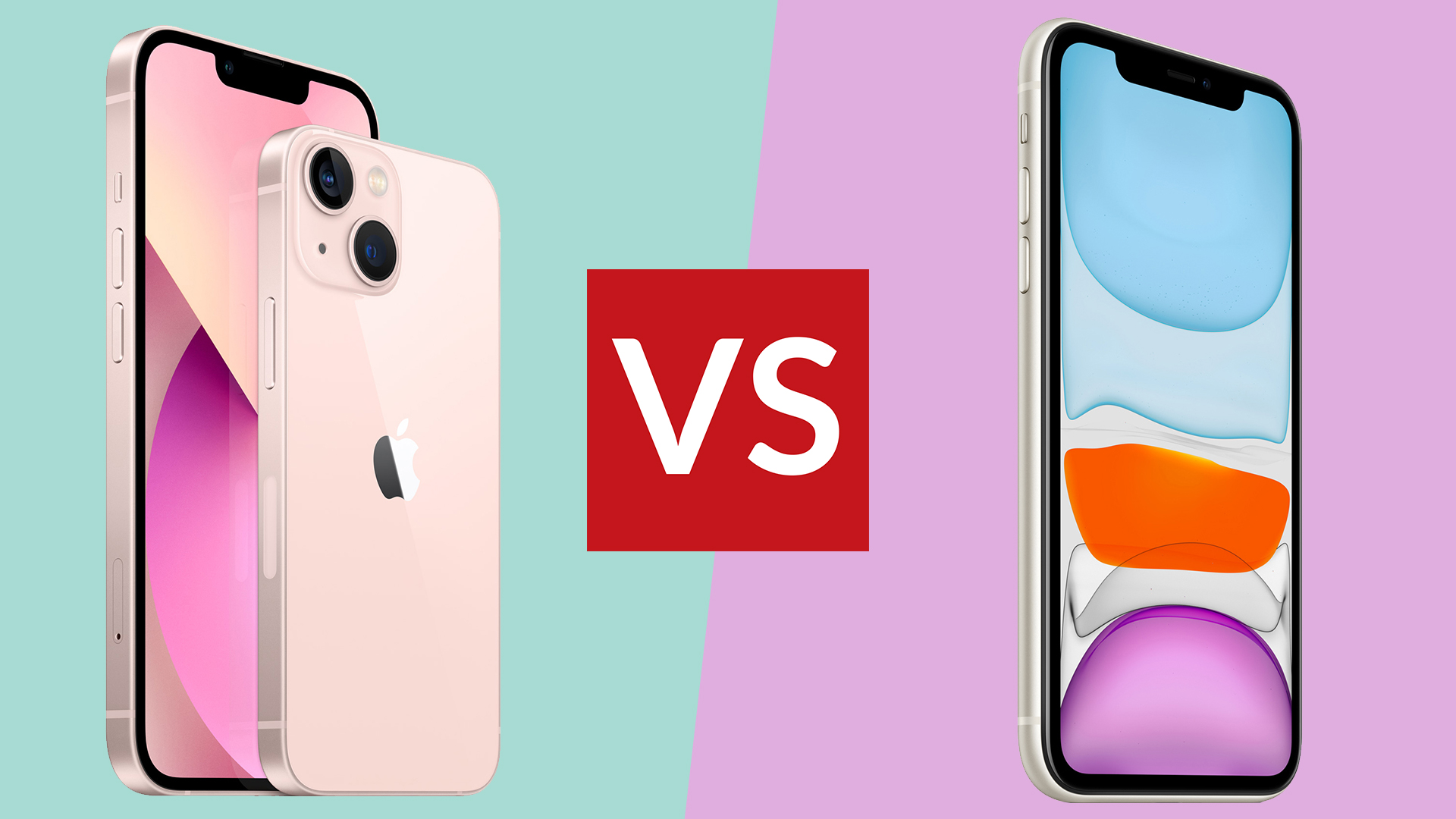

The question of iPhone 13 vs iPhone 11 is relevant for two kinds of people: those who bought the iPhone 11 when it launched are now looking at their two-year upgrade; and those upgrading from an older device who are looking at the similar design and features of the iPhone 11 and iPhone 13, and wondering if the latter is really worth its nearly £300/$300 in extra price.
In this iPhone 13 vs iPhone 11 guide, we'll break down all the upgrades you get from the newer model when compared to the old one – despite appearances, there's actually barely anything shared between. Both the inside and outside are totally different, even if the look from the front is pretty similar.
On this page, you'll also find the latest deals on iPhone 11 from everywhere that offers of, and don't forget to check out out iPhone 13 pre-orders page, to see the best deals on that once they start to appear.
One thing to note here – we're just comparing the 6.1-inch iPhone 13 with the iPhone 11, and not the iPhone 13 Pro or iPhone 13 mini. The latter of these is cheaper than the regular iPhone 13, and has a smaller screen and battery, but otherwise offers all the same features and advantages of the regular iPhone 13.
iPhone 13 vs iPhone 11: price and release date
The iPhone 13 is released on 24 September 2021, with pre-order from 17 September 2021. The price starts from £779/$799/AU$1,349, which gets you 128GB of storage. You can step up to 256GB of storage for £879/$899/AU$1,519, or 512GB for £1,079/$1,099/AU$1,869.
The iPhone 11 was released in September 2019. Its starting price is much cheaper, though with a lower storage capacity: it's £489/$499/AU$849 for 64GB, or the 128GB is £539/$549/AU$929 – there's no larger capacity larger available.
• Check out all the iPhone 13 pre-order deals in one place!
Sign up to the T3 newsletter for smarter living straight to your inbox
Get all the latest news, reviews, deals and buying guides on gorgeous tech, home and active products from the T3 experts
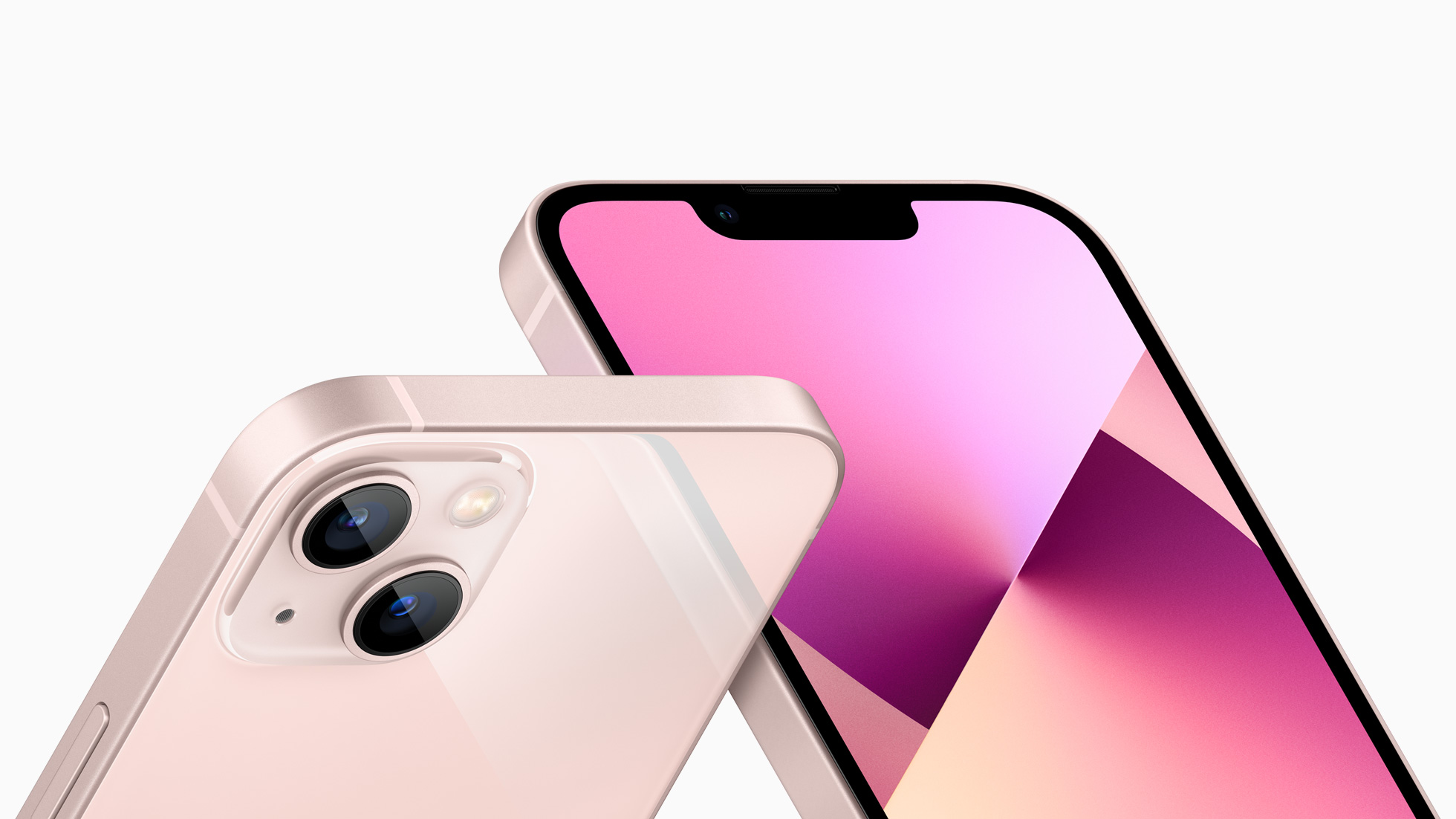
The iPhone 13's design is slim and sleek.
iPhone 13 vs iPhone 11: design
Both of these phones feature a variation of the 'all-screen' design Apple's been using since the iPhone X, with slim bezels, no buttons on the front and a notch cut-out that includes the front camera and Face ID security tech.
However, the iPhone 13's design has been refined in load of ways since the iPhone 11. For a start, the bezels around the screen are slimmer, and the notch is smaller. And the iPhone 11 has rounded sides, whereas the iPhone 13's screen is totally flat, then the corner is 90 degrees and it has flat sides.
The combination of flat sides and slimmer bezels means that the body of the iPhone 13 is significantly smaller than the iPhone 11, making it a bit easier to handle and use, despite them having the same screen size.
The iPhone 13's dimensions are 146.7x71.5x7.7mm and it weighs 173g. The iPhone 11's dimensions are 150.9x75.7x8.3mm, and it weighs 194g. That adds up to quite a lot of extra volume in the iPhone 11, and the weight difference is very noticeable too.
In both cases, the front is glass, the sides are aluminium, and the rear is also glass. However, the iPhone 13 uses Apple's 'Ceramic Shield' glass on the front, which makes it much more resistant to shattering when dropped. The iPhone 11 uses toughened glass, but it's not as strong as the newer model.
The iPhone 13 is more water resistant too, though hopefully not to a degree that you'll actually have to worry about: the 13 is rated for submersion up to 6 metres for 30 minutes, whereas the 11 is rated for 2 meters up to 30 minutes.
Both phones feature a Lightning port on the bottom for charging, and have volume controls plus a mute switch on the left side, with a sleep/wake button on the right.
The iPhone 11 comes in six colours: purple, yellow, green, red, black and white. The iPhone 13 comes in five colours: pink, red, blue, 'Midnight' (black) and 'Starlight' (white).
iPhone 13 vs iPhone 11: screen
Both phones have a sharp 6.1-inch display, but once again the iPhone 13 really takes it up several levels for quality.
The iPhone 11's screen is an LCD display with a resolution of 1792x828, which is 326 pixels per inch. That's nice and sharp, and at a regular viewing distance, you won't really be able to see the individual pixels.
Its maximum brightness is 625 nits, which is perfectly respectable, and ensure that it's nice and visible in sunlight. It features Apple's True Tone technology that makes it more comfortable to read in indoors lighting (it adjusts the colours on screen so you don't get the nasty blue tone that screens can have), and supports the wide P3 colour gamut.
It's a perfectly good screen! Bright, vibrant and sharp. But the iPhone 13 does all of this better.
For a start, the iPhone 13 uses an OLED display instead of the LCD display in the iPhone 11. OLED technology is more advanced than LCD technology, instead of using a backlight behind the pixels to create the light you see, each OLED pixel generates its own light, and can control its brightness individually. This means that OLED screens can be much more power efficient, and have a better contrast range, including the ability show truly deep black tones, which LCD really struggles with.
What does this mean in practice? Everything looks richer and more realistic on-screen, from photos to videos. And connected to this is the fact that the iPhone 13 supports playback of HDR video, including in the advanced Dolby Vision format, so movies look more like you're watching on a high-end TV.
The iPhone 13's screen goes brighter than the iPhone 11's too – it's 800 nits in typical use in bright sunshine, meaning that it's even more visible and clear for taking photos or finding your way with maps when outside.
And when you're watching HDR video, the brightness actually peaks at 1,200 nits – this is higher than almost all TVs, including elite models!
On top being able to go both brighter and darker than the iPhone 11's screen, the iPhone 13 has a resolution of 2532x1170 pixels, which works out as 460 pixels per inch – a major step up in sharpness. And it still supports True Tone and the wide P3 colour gamut.
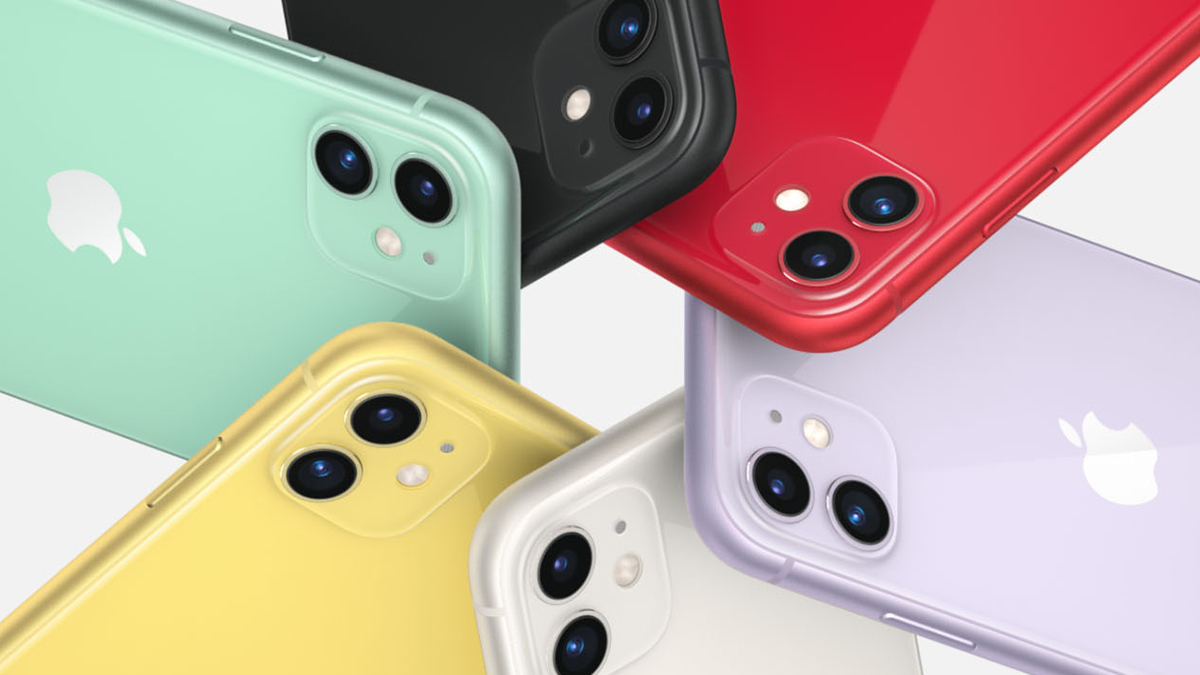
The iPhone 11 has a dual-lens rear camera.
iPhone 13 vs iPhone 11: cameras
Both of these iPhones feature a dual-camera system on the back, consisting of a 12MP wide-angle camera and a 12MP ultra-wide camera. And they both include a 12MP camera on the front.
However, despite being the same basic setup, the hardware and processing used by both is fairly different, with the iPhone 13 unsurprisingly being more advanced overall.
The iPhone 13's wide-angle rear camera, for example, features a wider f1.6 aperture (compared to f1.8 on the iPhone 11), and includes sensor-shift image stabilisation, where the camera sensor itself is moved by tiny motors to correct for shake in your hands, improving sharpness and low-light photography.
The iPhone 13 also includes larger sensors that pick up more light, meaning images will have less noise, stronger colours and better definition. And the newer chip inside the iPhone means that more advanced processing is applied, including better Night mode results and more capable of handling of contrast in scenes with light and dark elements.
When it comes to video, both phones are capable of recording in 4K at up to 60fps, but the iPhone 13 can also record in Dolby Vision HDR, making things look more lifelike when you watch them back on that HDR display.
The iPhone 13 also has a new Cinematic video mode, which cleverly enables you to change the focus in a scene after you've finished recording, and you can choose how shallow you want the depth of field to be, enabling some extremely dramatic effects. It's very clever for those who like to get creative.
Basically, the iPhone 11's camera is very good even by today's standards, a couple of years after its debut. But the iPhone 13 does everything it does noticeably better, and adds some very cool high-end video options.
iPhone 13 vs iPhone 11: performance and battery
The iPhone 11 features Apple's A13 processor, which was the fastest in the world at the time of its release, and remains up there as a high performer today. The phone runs extremely fast and smoothly, and should be capable of supporting future iOS releases for many years to come.
The iPhone 13 uses the newest Apple A15 processor which is, as the name implies, two versions more advanced. We haven't been able to test the performance of the A15 yet, and Apple hasn't given much information on how its performance compares to previous Apple chips, but we expect a pretty noticeable step up when measured in benchmarks.
However, as mentioned above, the iPhone 11 already runs this very smoothly and nicely. This is one area where even though the iPhone 13 has a definite lead, it's not in a way that you'll actually notice most of the time. Though it does mean the iPhone 13 is as future-proof as possible, if you should want to hang on to it for many years.
The newer processor does have one practical advantage, actually, and that's battery life. The iPhone 13 is rated to get a nice jump in longevity compared to the iPhone 11, depending on the task.
Apple says the iPhone 11 should give you 17 hours of use when watching strong video, for example, while the iPhone 13 should give you 19 hours. So that's a small but healthy improvement. Though when streaming video online, Apple says you get 10 hours from the iPhone 11 and a whopping 15 hours from the iPhone 13 – a 50% improvement!
So in practice, the extra battery life will vary depending on how you're using the phone, but it's fair to say that you should get at least 10% extra from the iPhone 13, which can make all the difference.
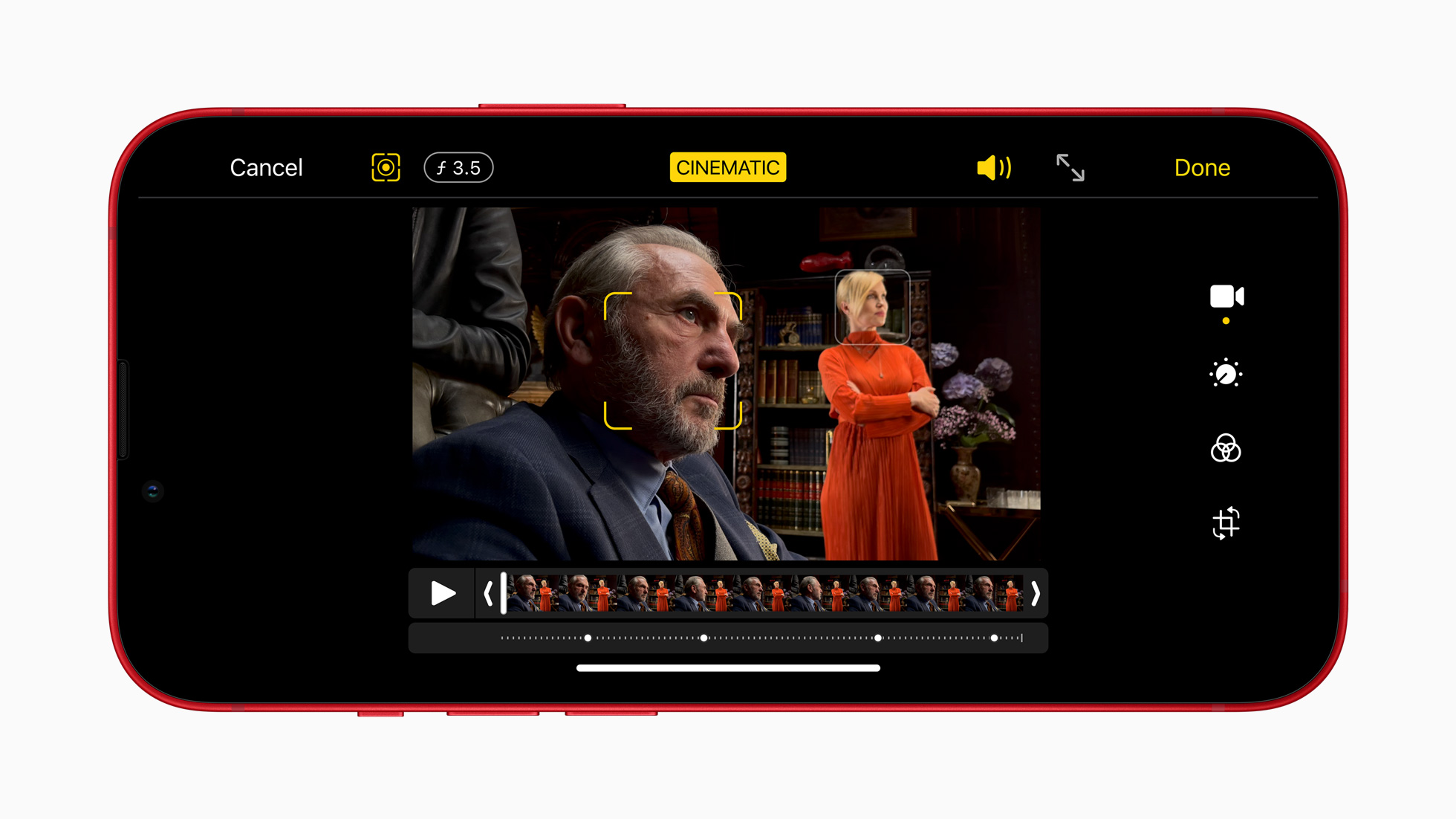
The iPhone 13's new Cinematic video mode makes the most of the power of its processor.
iPhone 13 vs iPhone 11: features and software
One difference that really might sway you is that the iPhone 13 supports 5G connectivity, while the iPhone 11 is 4G-only. 5G really can mean phenomenal connection speeds, and we've used it for useful things like downloading a movie from Netflix in a minute before jumping on a train.
A more obscure, but potentially useful thing to know is that both these phones support dual-SIM mode, with one regular nano-SIM and one eSIM – but the iPhone 13 also supports dual eSIMs. If you don't know what we're talking about then it's probably not something you need to worry about, for some people it can be very useful.
The iPhone 13 works with Apple's new MagSafe accessory system, where a ring of magnets on the back enables you to connect compatible add-ons. These can include cases, a special wallet, car mounts, or wireless chargers.
If you use Apple's MagSafe wireless charger, the phone charges at 15W. It also supports regular Qi wireless charging, but only up to 7.5W.
With wired charging, if you use one of the best iPhone chargers that delivers over 20W of power, then you can charge from 0-50% in 30 minutes.
Note that neither of these phones actually comes with a power adapter – they include USB-C to Lightning cables, but no plugs.
Both phones run iOS 15, the latest version of Apple's iPhone software. There are no real differences between them when it comes to features, outside of things like there being some camera features on iPhone 13 that the iPhone 11 doesn't have, or 5G options, and equivalent hardware differences.
When it comes to running apps and how the interface works, they're absolutely identical – there's no disadvantage to using the older phone, outside of it potentially running a little more slowly for some tasks.
iPhone 13 vs iPhone 11: conclusion
As you've surely realised already, the iPhone 13 is clearly the better phone. It's the iPhone 11 evolved to a more advanced form: with a more refined design, a better screen and cameras, longer battery life, and more speed.
The question for you is whether the differences we've described above sound like they're worth the price difference to you. We would certainly say they're worth the extra cost in an objective sense, but the iPhone 11 is an extremely capable and high-quality phone still, and you may have a better use for the cash you'd save by getting it.
• iPhone 13 pre-order deals, all in one place
Matt is T3's former AV and Smart Home Editor (UK), master of all things audiovisual, overseeing our TV, speakers and headphones coverage. He also covered smart home products and large appliances, as well as our toys and games articles. He's can explain both what Dolby Vision IQ is and why the Lego you're building doesn't fit together the way the instructions say, so is truly invaluable. Matt has worked for tech publications for over 10 years, in print and online, including running T3's print magazine and launching its most recent redesign. He's also contributed to a huge number of tech and gaming titles over the years. Say hello if you see him roaming the halls at CES, IFA or Toy Fair. Matt now works for our sister title TechRadar.
-
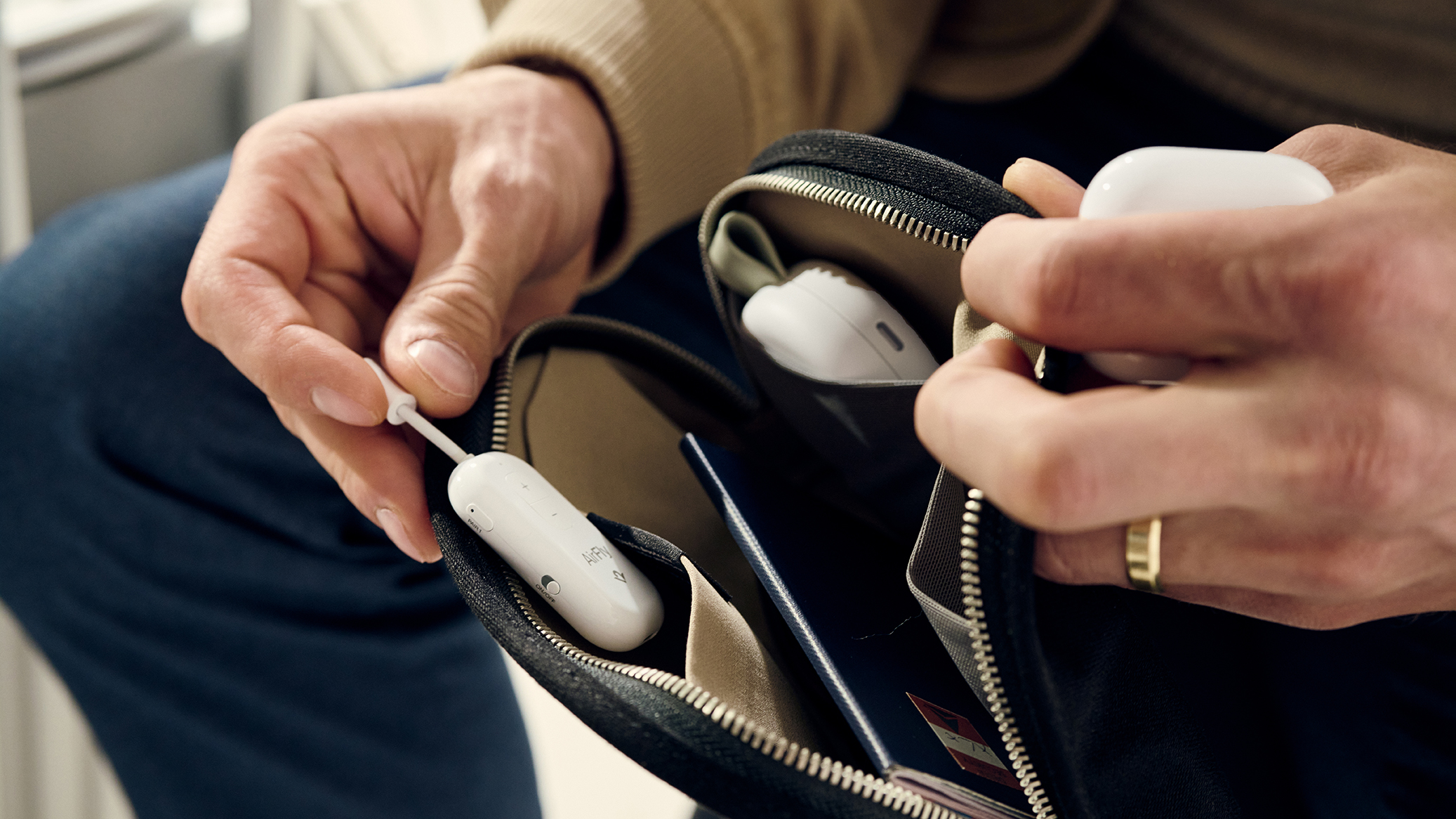 The 7 luxury travel items I won't leave home without – and why you shouldn't either
The 7 luxury travel items I won't leave home without – and why you shouldn't eitherI've flown for many hundreds of hours – and know these luxury travel items will improve your journey
By Mike Lowe
-
 Coleman takes on YETI with lighter, tougher and cheaper Pro Cooler range
Coleman takes on YETI with lighter, tougher and cheaper Pro Cooler rangeMove over, YETI – there’s a new cooler in town, and it's not here to play nice
By Matt Kollat
-
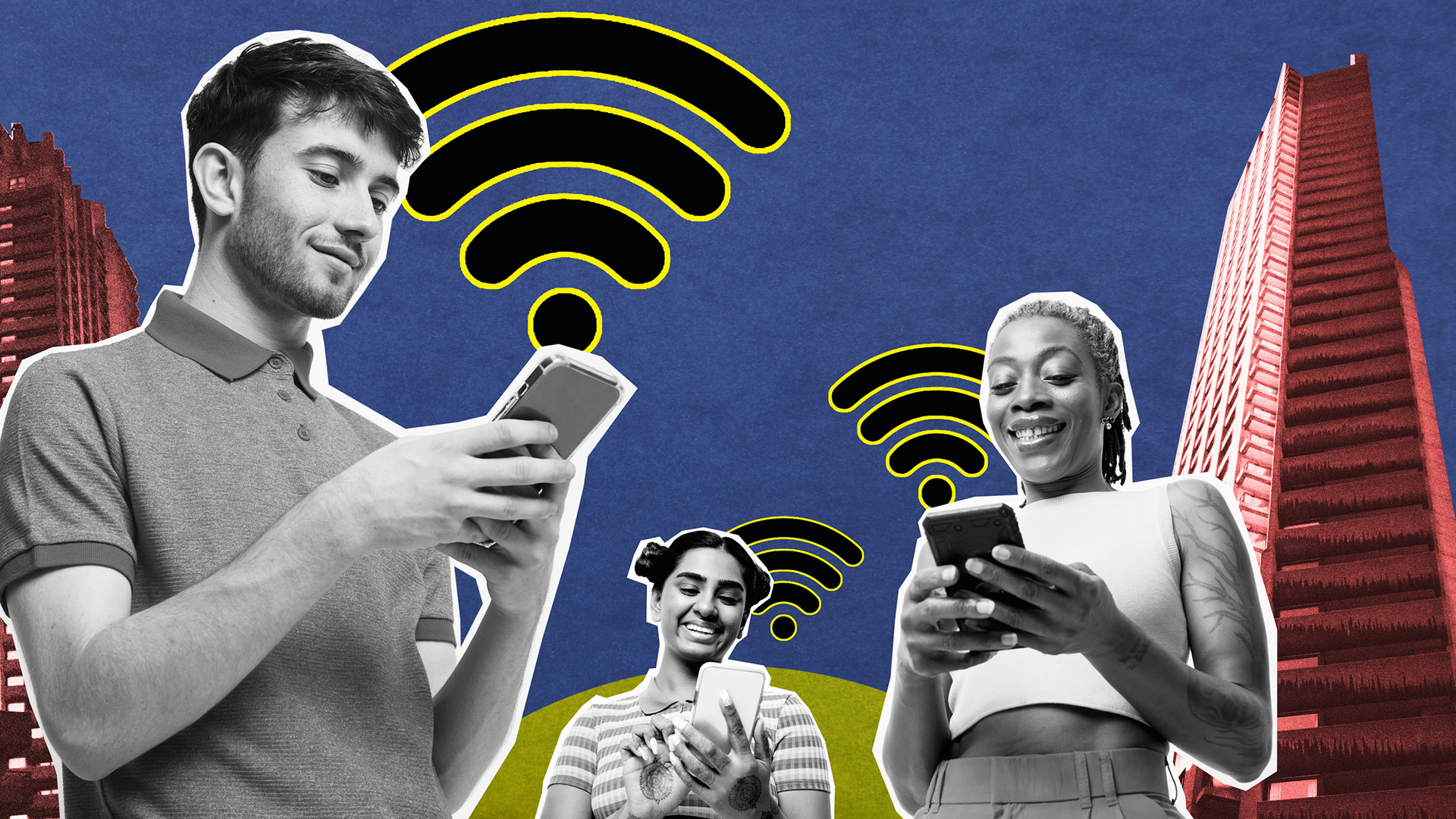 So where’s the promised 5G revolution?
So where’s the promised 5G revolution?Jon Bentley is disappointed that 5G hasn’t transformed the way we live – but he hasn’t given up hope just yet
By Jon Bentley
-
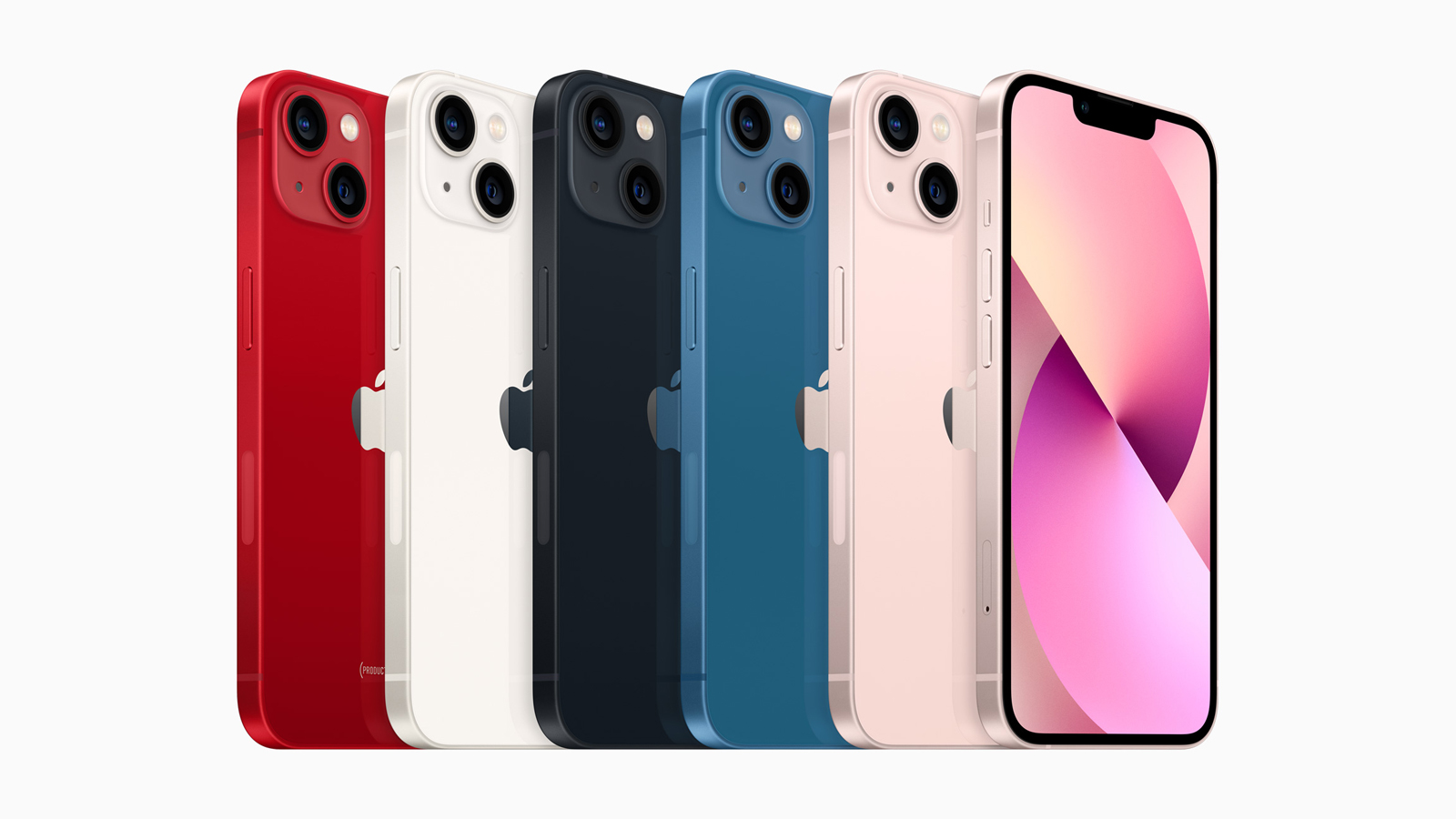 Verizon is offering a free iPhone 13 plus a $200 gift card for new lines
Verizon is offering a free iPhone 13 plus a $200 gift card for new linesSnag the best iPhone 13 deal in ages right now
By Troy Fleming
-
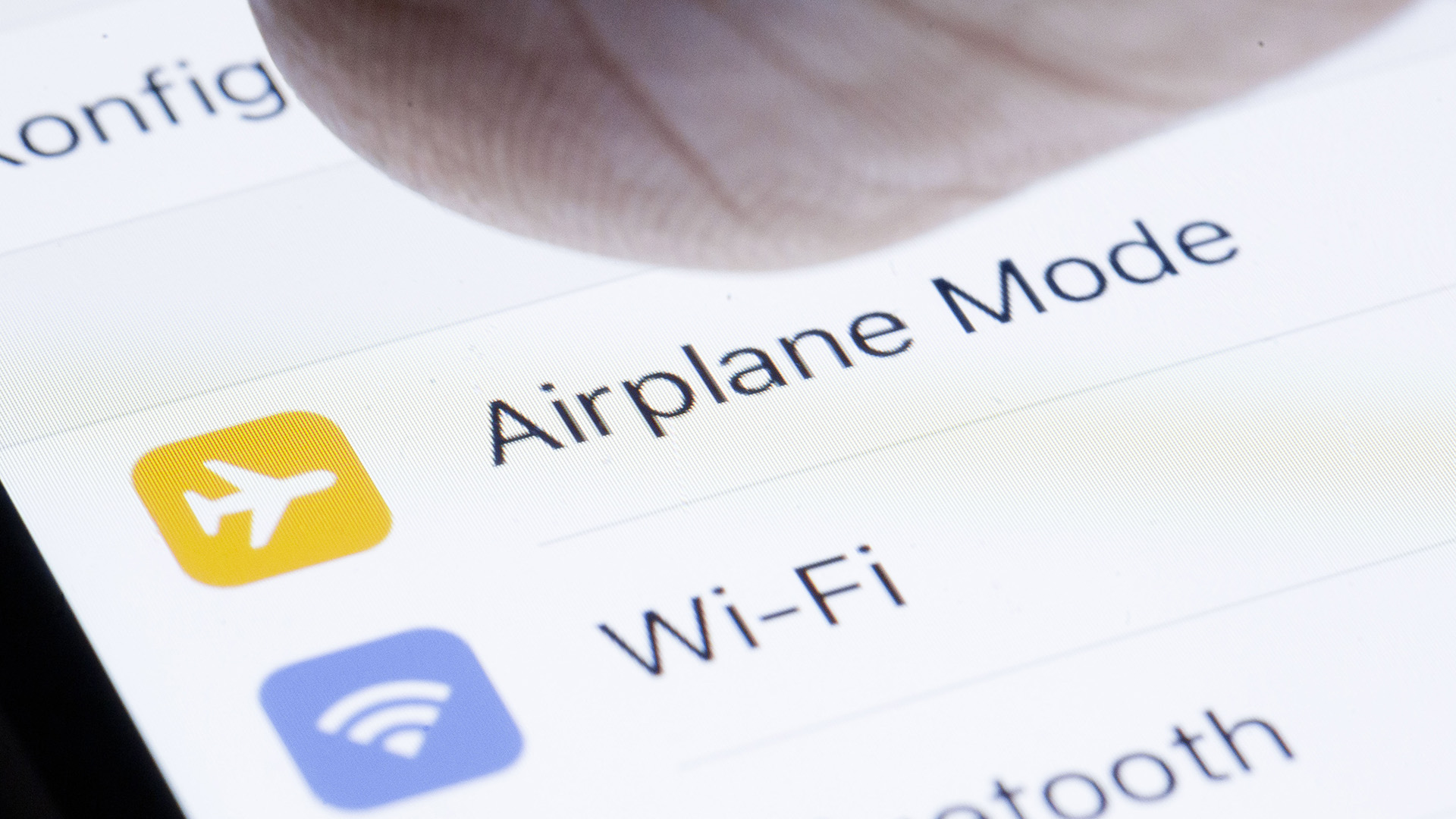 5G in-flight: EU scraps the need for Airplane Mode from 2023
5G in-flight: EU scraps the need for Airplane Mode from 2023If you're flying in Europe next year, you won't need to switch to Airplane Mode for takeoff
By Mat Gallagher
-
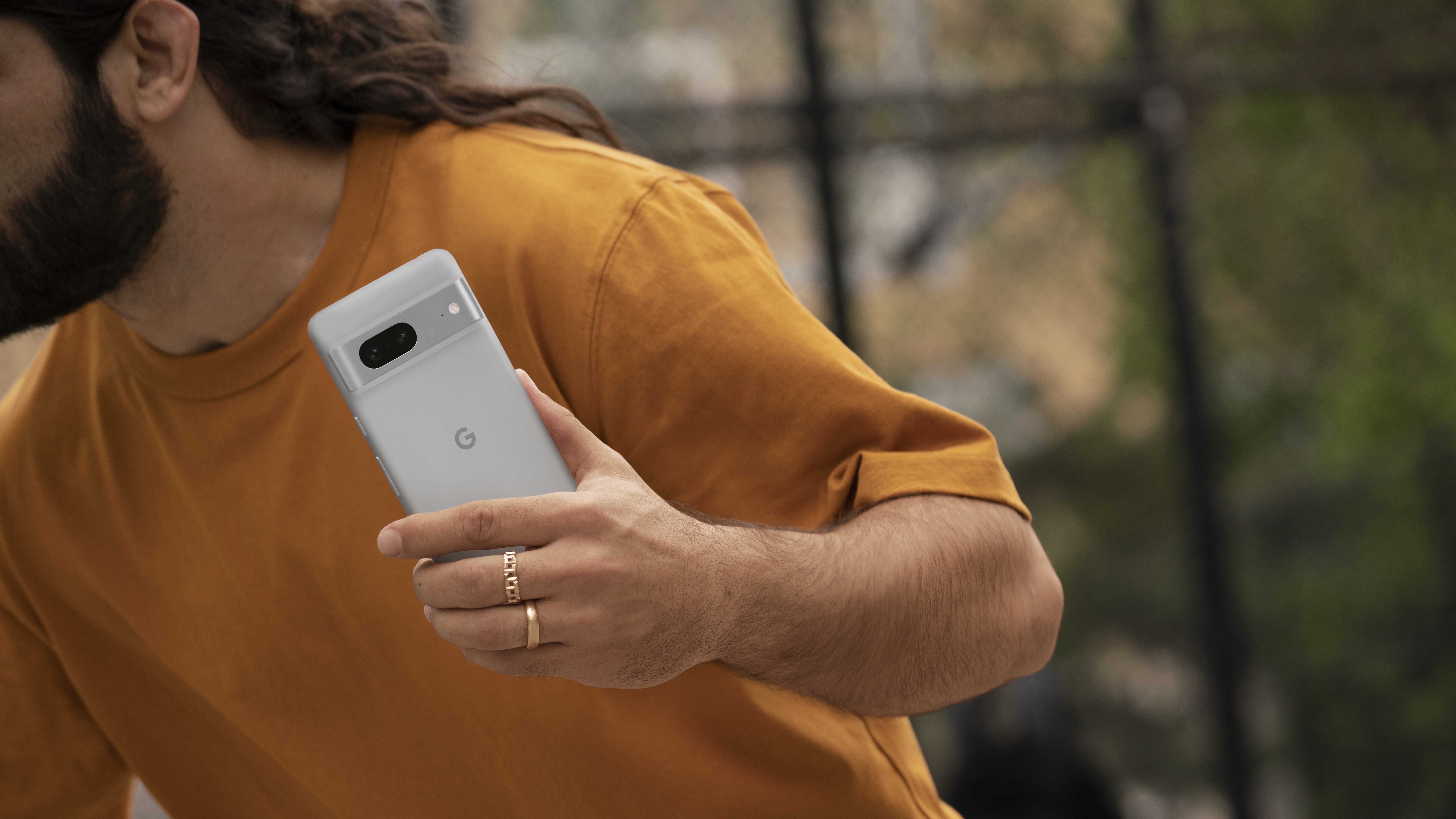 Google Pixel 7 review: yet another smartphone success story
Google Pixel 7 review: yet another smartphone success storyThe Google Pixel 7 has just about everything you could want from a smartphone in 2022 - and it's reasonably priced too
By Yasmine Crossland
-
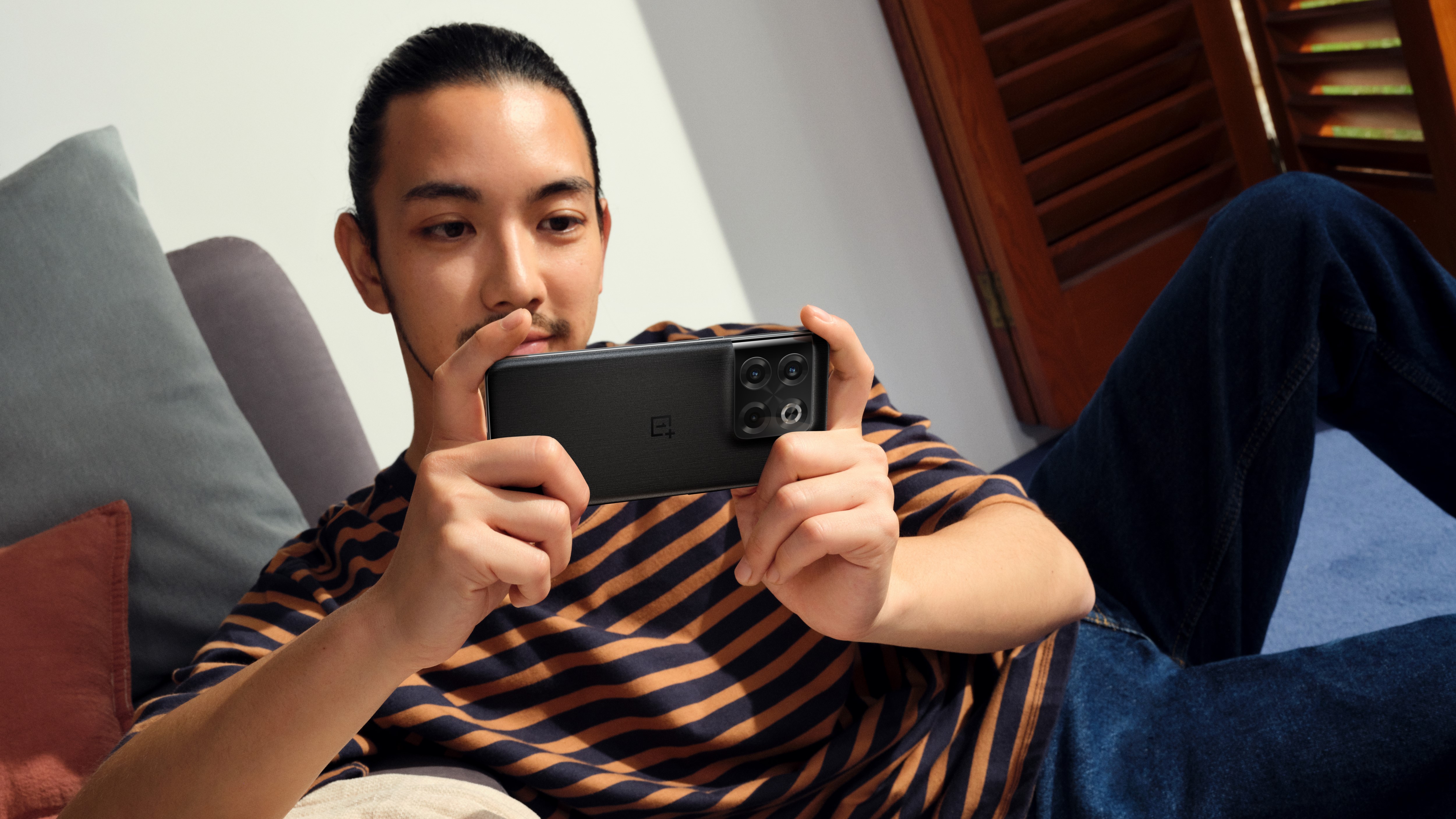 3 reasons mobile gamers will love the OnePlus 10T
3 reasons mobile gamers will love the OnePlus 10TThe OnePlus 10T is a performance-focused flagship smartphone that will be particularly well suited to gamers
By Yasmine Crossland
-
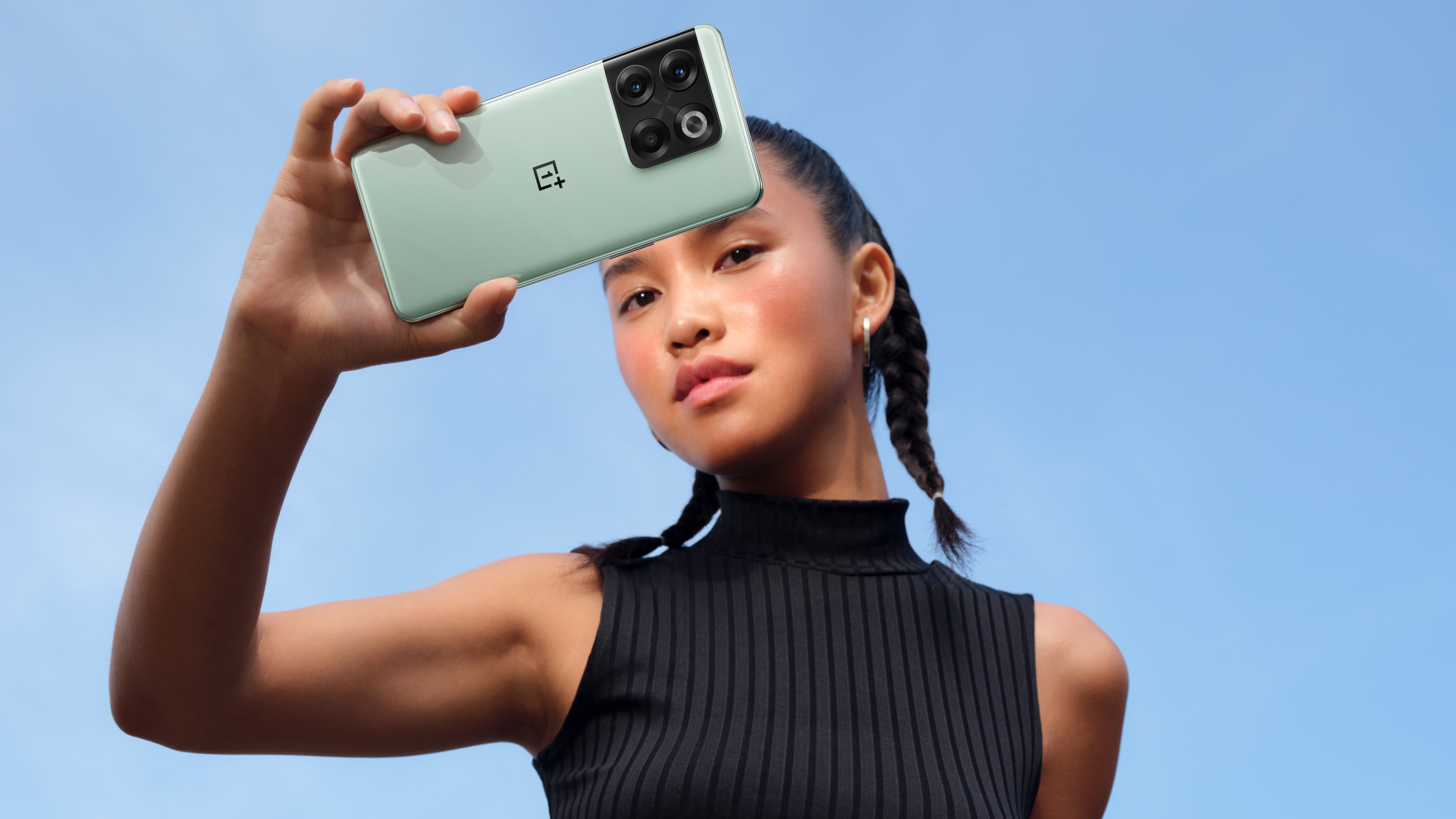 3 reasons to buy a OnePlus 10T over a Samsung Galaxy S22 — and 2 not to
3 reasons to buy a OnePlus 10T over a Samsung Galaxy S22 — and 2 not toBoth are excellent Android smartphones, but there are a few factors that will determine which one will be best for you
By Yasmine Crossland
-
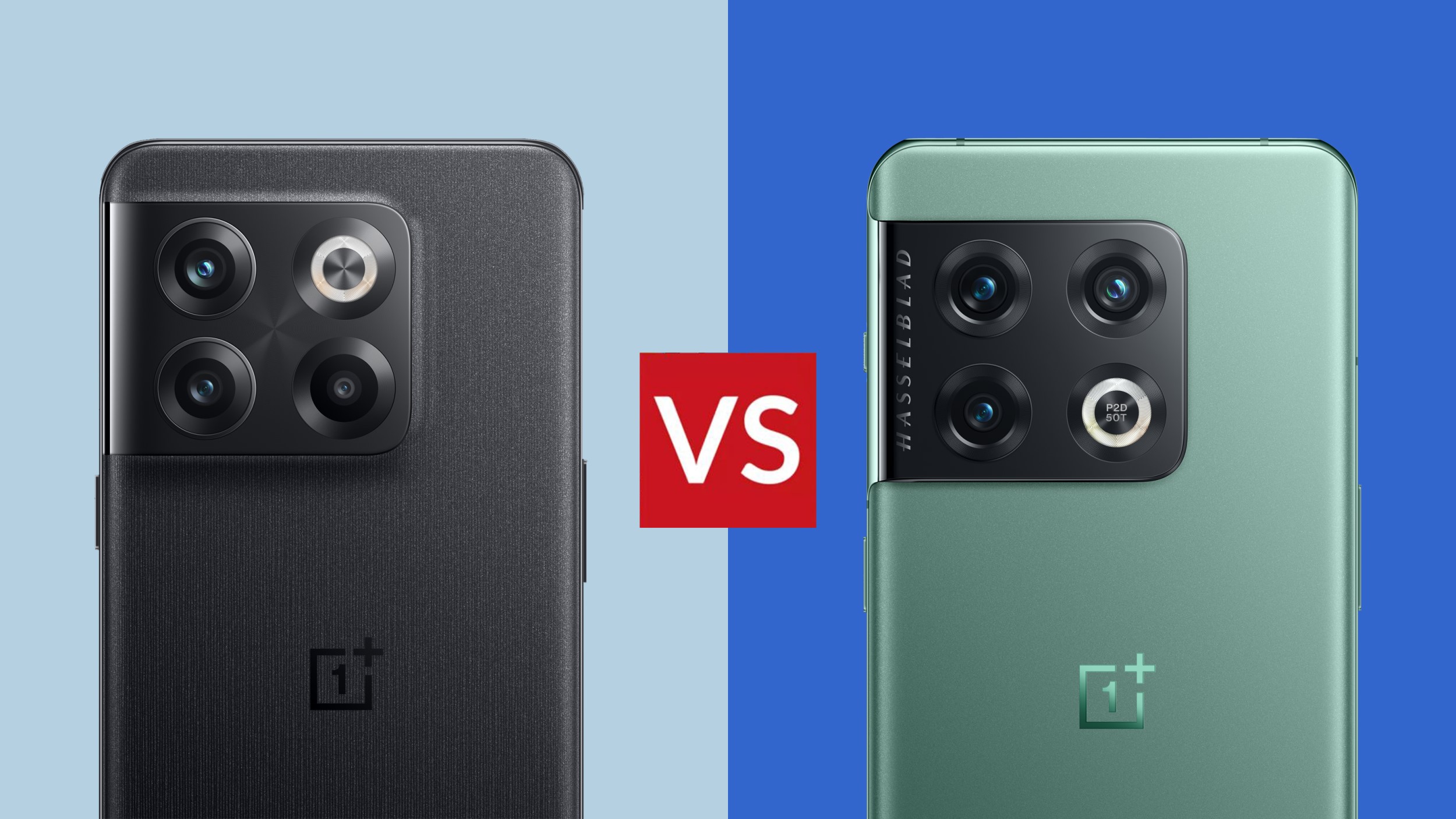 OnePlus 10T vs OnePlus 10 Pro: what’s the difference?
OnePlus 10T vs OnePlus 10 Pro: what’s the difference?The latest addition to OnePlus’ flagship series takes a few steps forwards and a few steps back - here’s how
By Yasmine Crossland
-
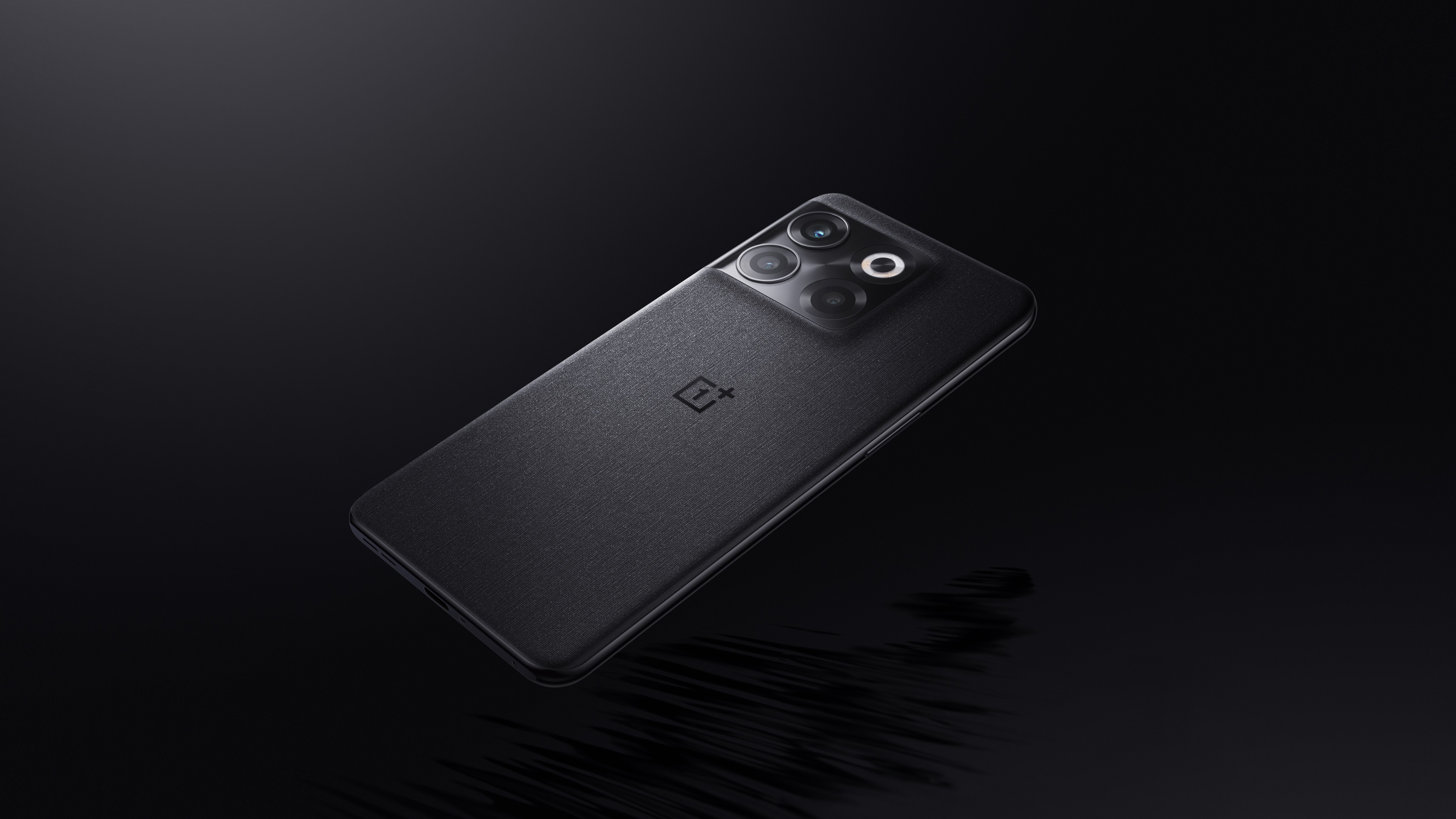 The OnePlus 10T misses out one of my favourite features but it may not be gone forever
The OnePlus 10T misses out one of my favourite features but it may not be gone foreverThe OnePlus 10T is their most powerful smartphone yet so sacrifices had to be made somewhere...
By Yasmine Crossland